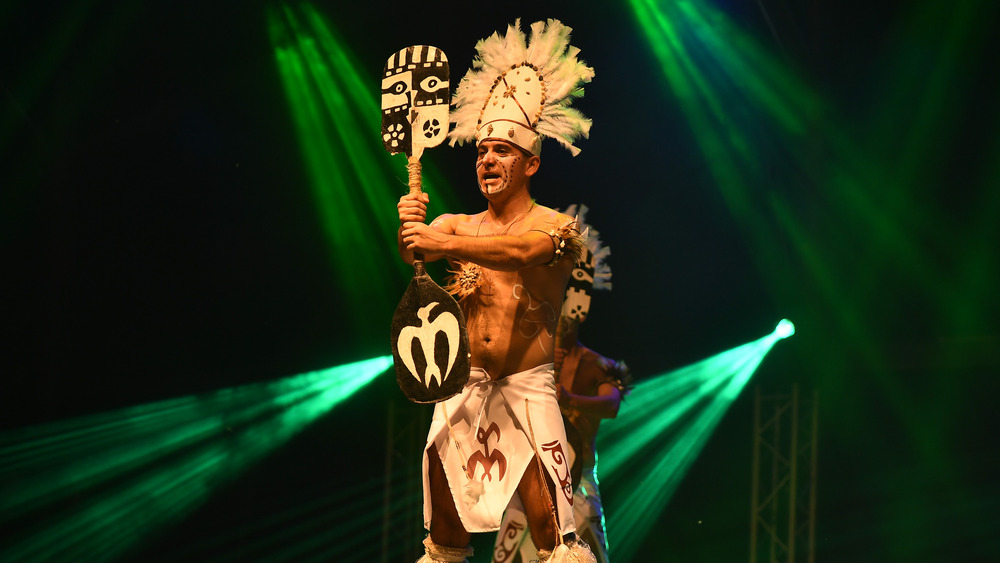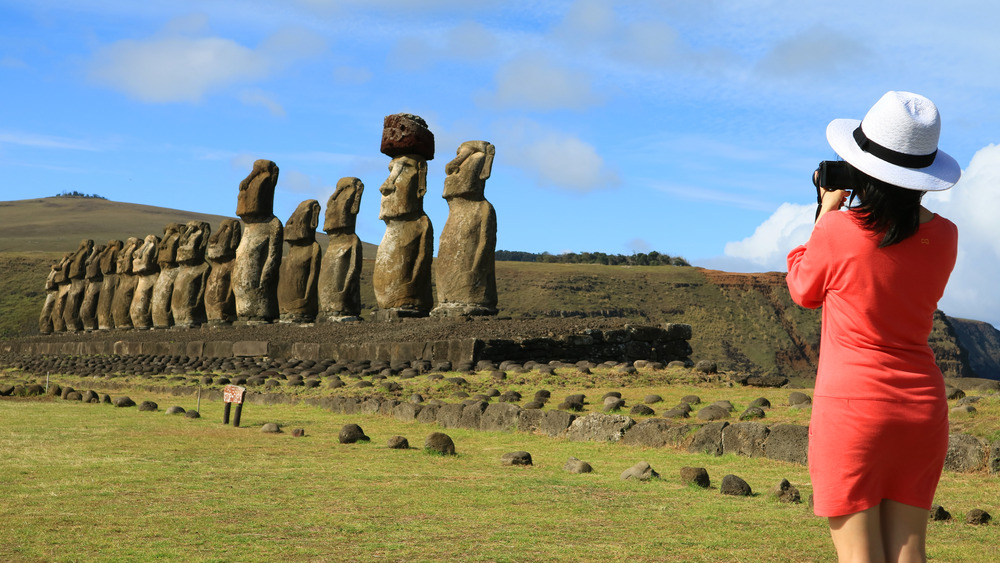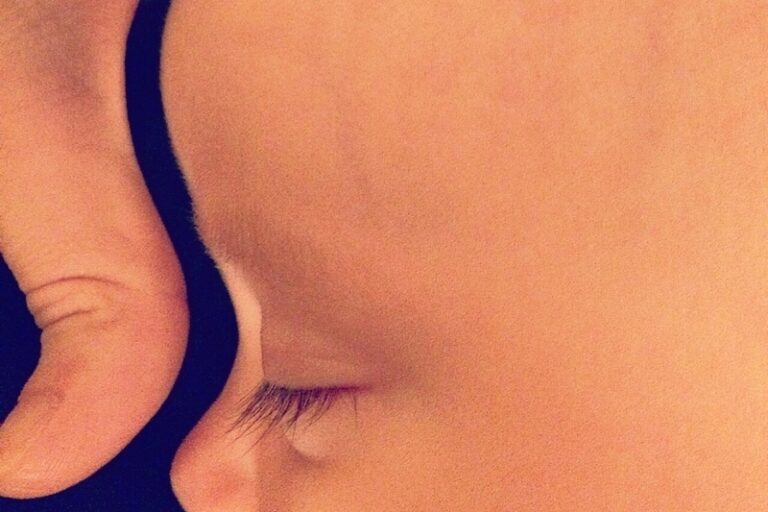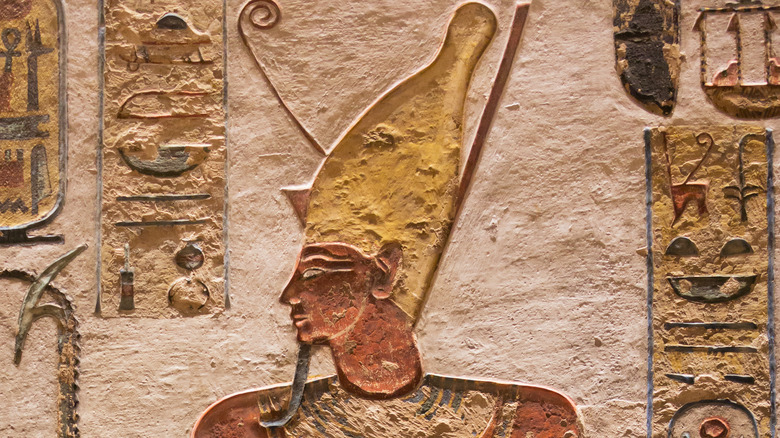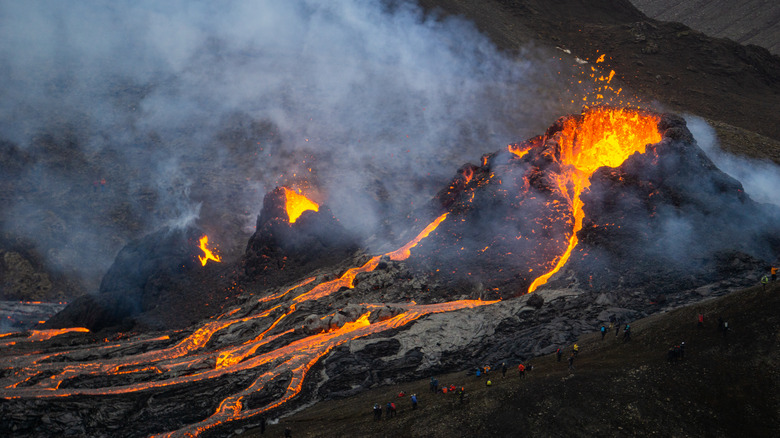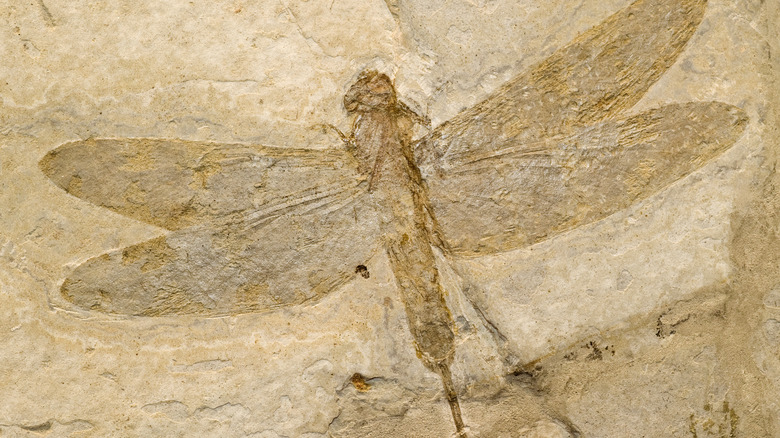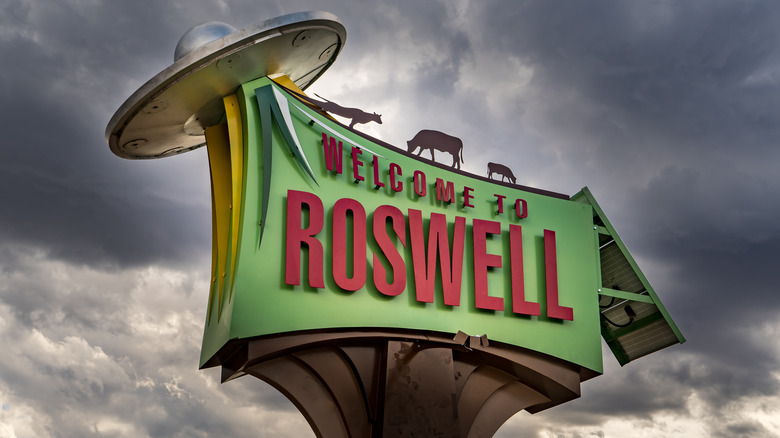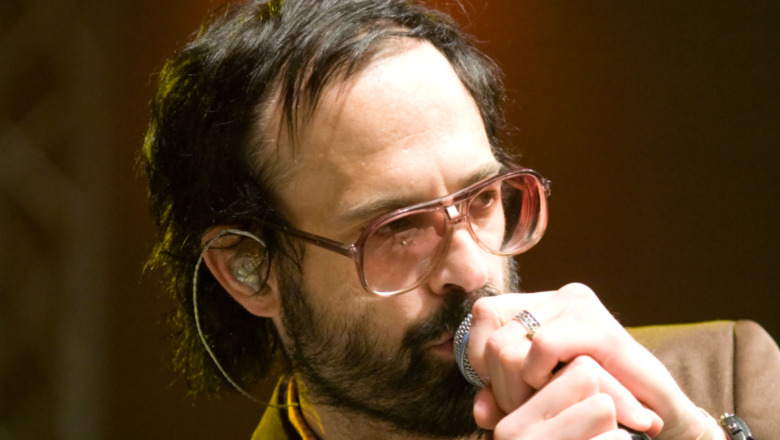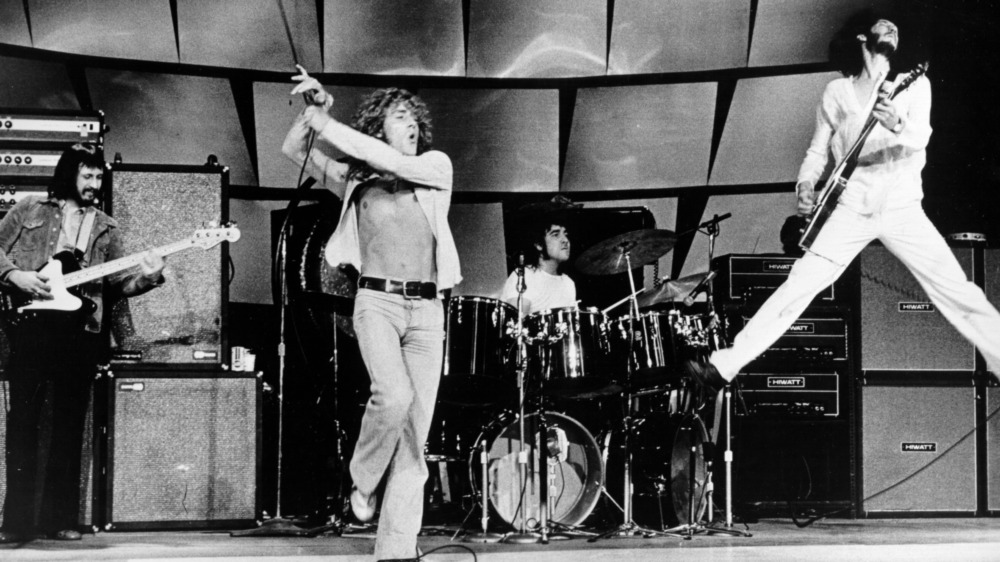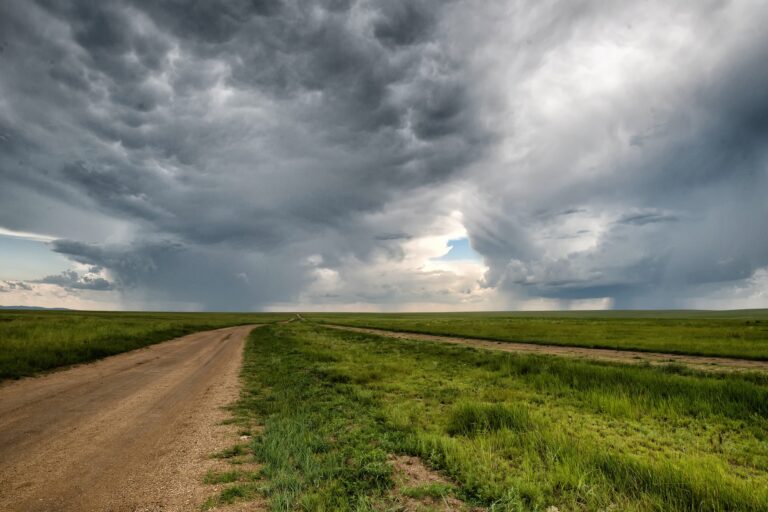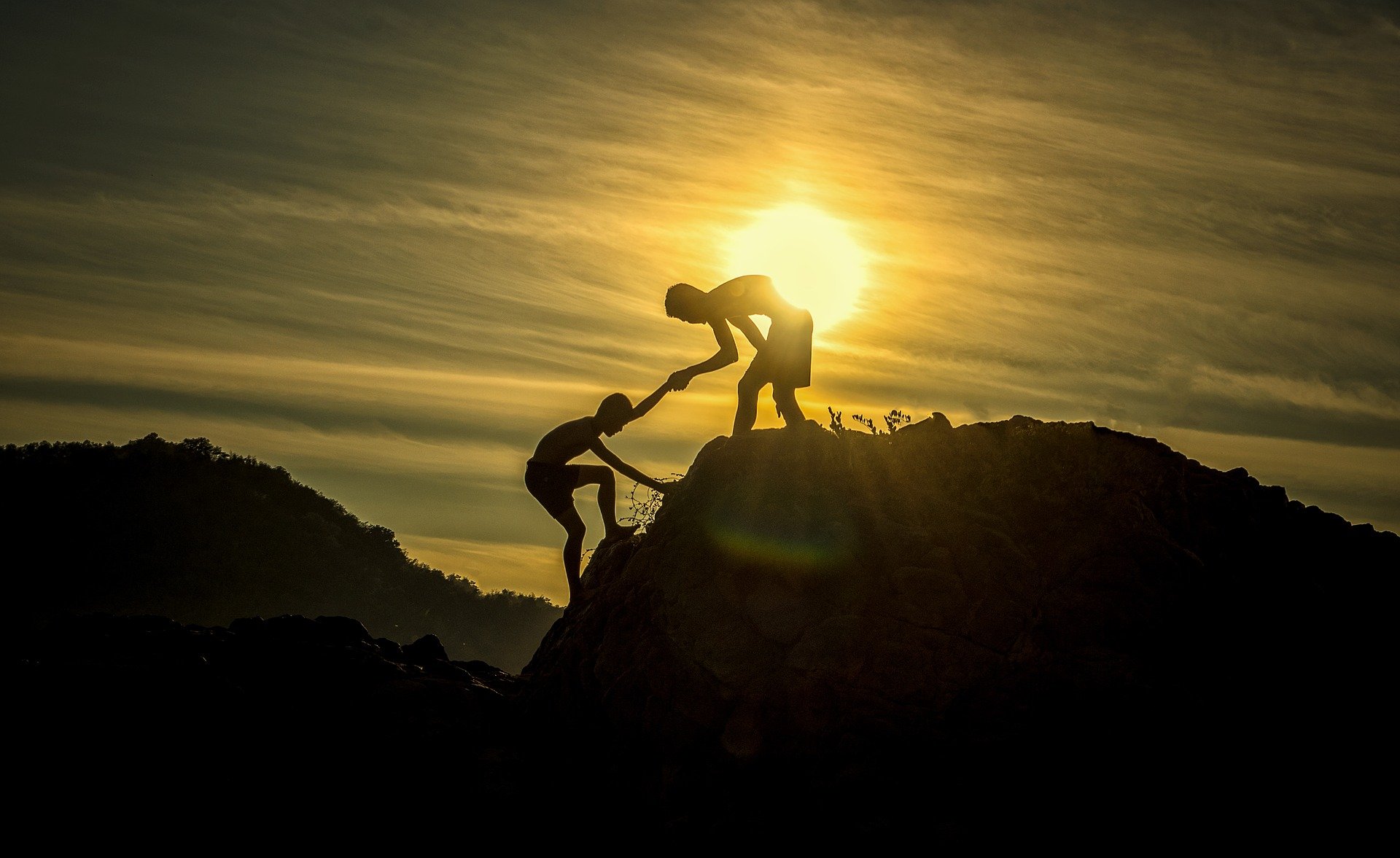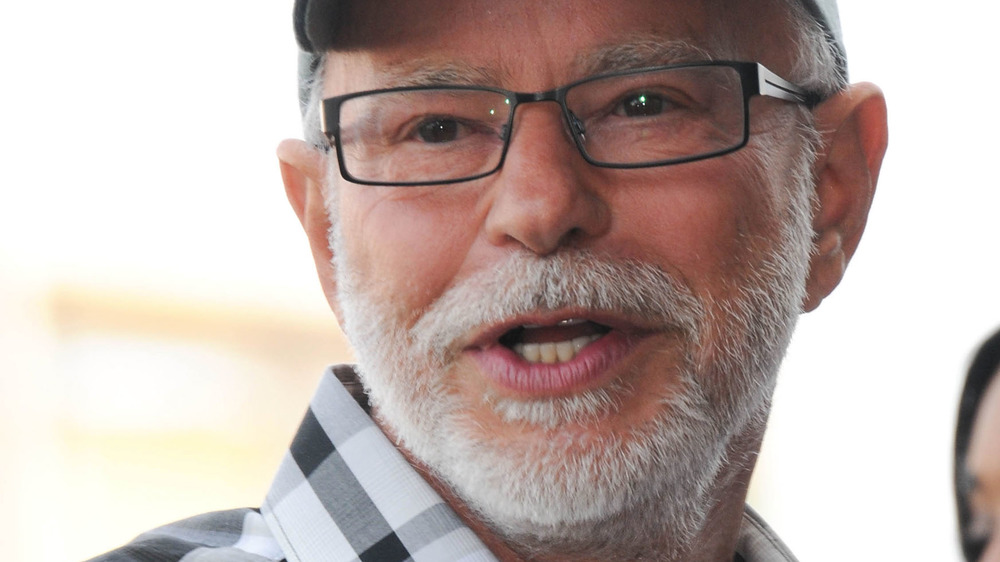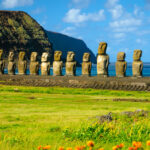
Do People Actually Inhabit Easter Island?
Easter Island received its current name from Jacob Roggeveen, a Dutch explorer who first spotted it on Easter Day in 1722. What the hubris and colonialism of the times failed to note, however, that the island already had a name, Rapa Nui, and was home to a rich culture that flourished there long before its so-called “discovery.”
Though the land is now technically part of the South American country of Chile, it lies at the far corner of the Polynesian Triangle it forms along with New Zealand and Hawaii. Fifteen miles across at its widest point, Easter Island sits approximately 2,200 miles from the country that annexed it in 1888, largely for sheep herding, says Brittanica.
If you know much about the isolated island at all, it’s probably that it’s home to the moai, massive human figures carved in rock that stand like sentries on the island’s shores. According to Smithsonian Magazine, the local indigenous peoples — also called the Rapa Nui — carved the massive pieces to honor and remember their ancestors. According to Everything Everywhere, more than 900 of them can still be found on Easter Island.
Possibly the most remote, inhabited place on Earth
Despite the ancient origins of the moai, Rapa Nui culture is far from extinct. In fact, most sources describe Easter Island as the most remote, inhabited place on the planet. Everything Everywhere estimates that 60 percent of today’s island inhabitants are descendants of the Rapa Nui.
And while you might expect a tranquil, undeveloped paradise, Easter Island is actually dealing with a bit of an overtourism problem. Maybe it’s the remoteness or the stark beauty that makes for enviable Instagram content, but, whatever the reason, tourists now flock to the island, undeterred by the long trek (it would take almost a full day of travel to reach it from California, for instance)
Because of the money tourism brings in, much of the island’s minimal infrastructure, retail stores, and restaurants are geared toward the tourist trade. According to NASA’s Earth Observatory, tourists flock to Easter Island despite the fact that it doesn’t have a sewer system and only a limited supply of potable water.
Easter Island is an island in trouble
Just how big is that tourist trade? The New York Times reports that around 100,000 tourists visit every year. It’s a worrying pattern to some on an island that came perilously close to losing its culture centuries ago. At one point, only about 100 Rapa Nui remained on the island following the arrival of Europeans. The rapid population decline wasn’t the result of a mass exodus, but instead may have been due to a combination of disease, resource depletion, or war, among possible explanations. The current year-round resident population estimate, dating back to 2017, is 7,750, which is definitely higher than it used to be (via IWGIA).
The New York Times goes on to report that Easter Island is “critically vulnerable to rising ocean levels” and noting ominously that ocean tides are beginning to lap at the ahu, or platforms, that support the moai. In an effort to limit environmental impact to the island’s fragile ecology, CNN reports that, in 2018, leadership made the call to limit the length of time visitors could stay on the island to 30 days — a rule that even applies to Chileans who are not Rapa Nui.
So far, however, it doesn’t appear that the government has capped the number of tourists who can visit at one time. Whatever Easter Island’s fate, we know it will directly impact the lives of those who live there (and whose ancestors continue to watch over them) because, while this isolated island paradise may be remote, it’s far from empty.

Who Is Responsible For Guns On A Film Set?

The Bizarre Truth About David Bowie's Internet Service Provider
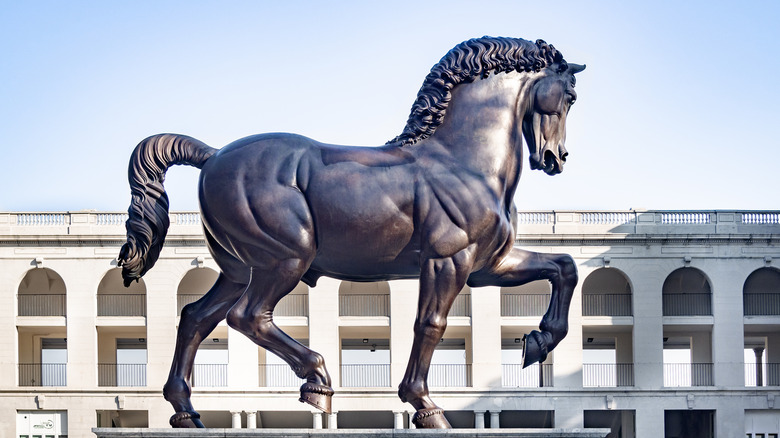
The Tragic Way Leonardo Da Vinci's Biggest Project Was Destroyed

Why Many Christians Prefer The King James Bible
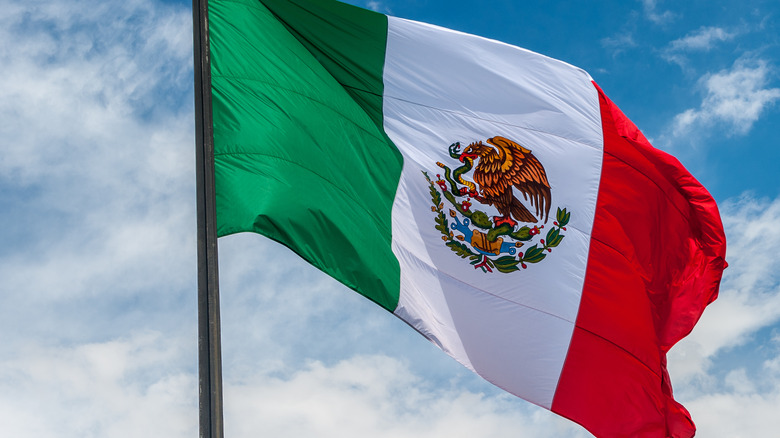
The Truth About The Mexico City 1968 Olympics Shooting
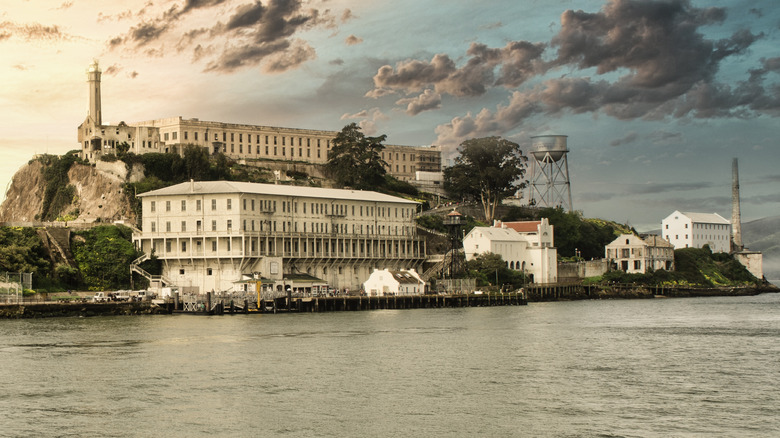
The Surprising Place Alcatraz Prison Guards Lived
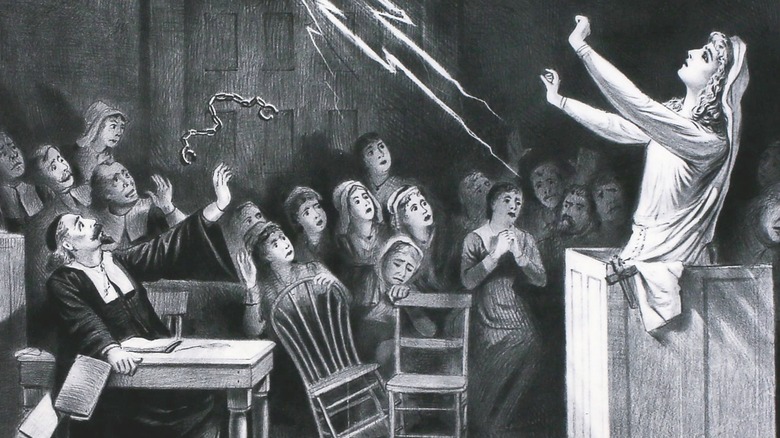
Do Witch-Hunters Still Exist Today?

The Strange Underwear Requirement Baseball Umpires Have To Follow
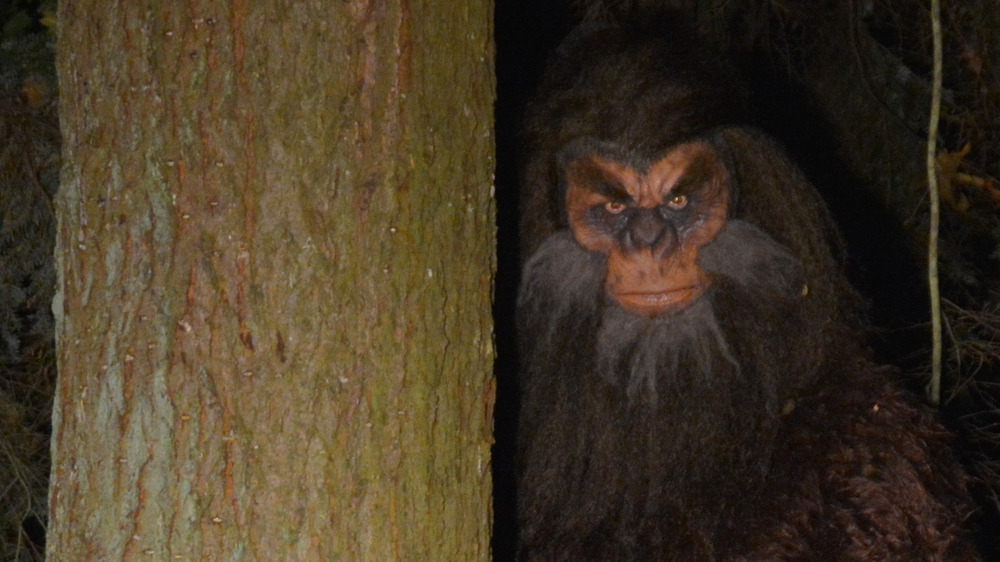
Survey Reveals Surprising Number Of People Who Think Bigfoot Actually Exists
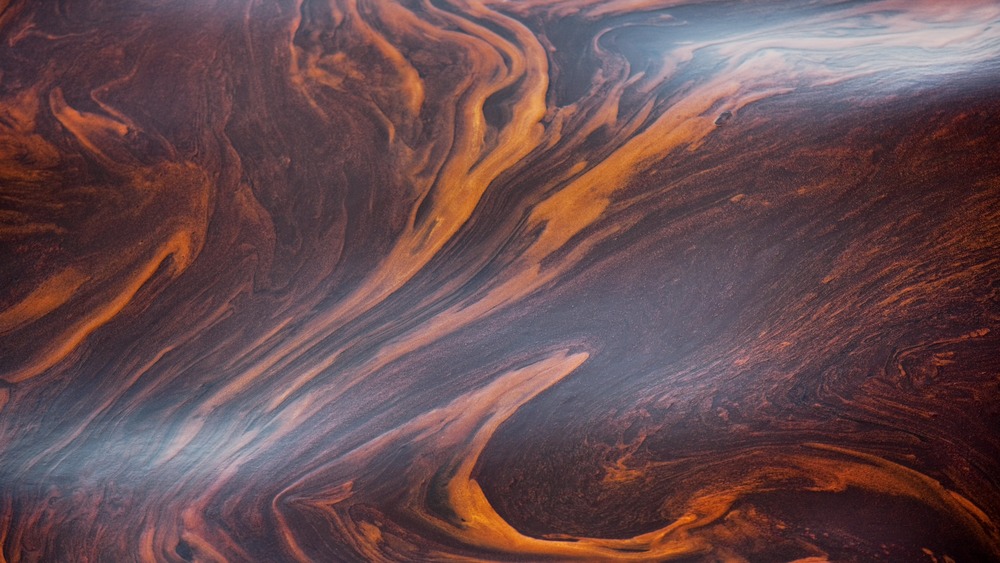
What Really Happened With The Deepwater Horizon Oil Spill Disaster
